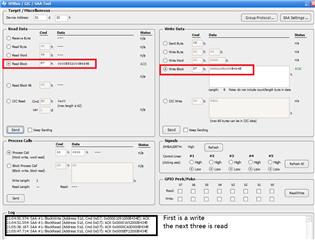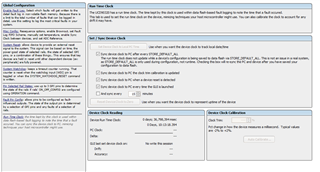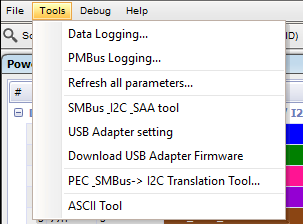Hi Team,
I have a few questions about reading the run_time_clock and how to use it.
1. In the BLACK_BOX_FAULT_INFO data there is a date field. This is described as days from 00:00 01/01 2000, but how does the device know what the actual date is?
2. We can set any information in the RUN_TIME_CLOCK(write) command that we want, correct?
3. To convert between time in UCD Domain and time in Linux: Is there anything wrong with converting the result of the clock into days and milliseconds, writing that value into the RUN_TIME_CLOCK(write) command?
4. How does the UCD know what to put in the days field of the BLACK_BOX_FAULT_INFO(read) command?
Thanks for the support,
Delaney




